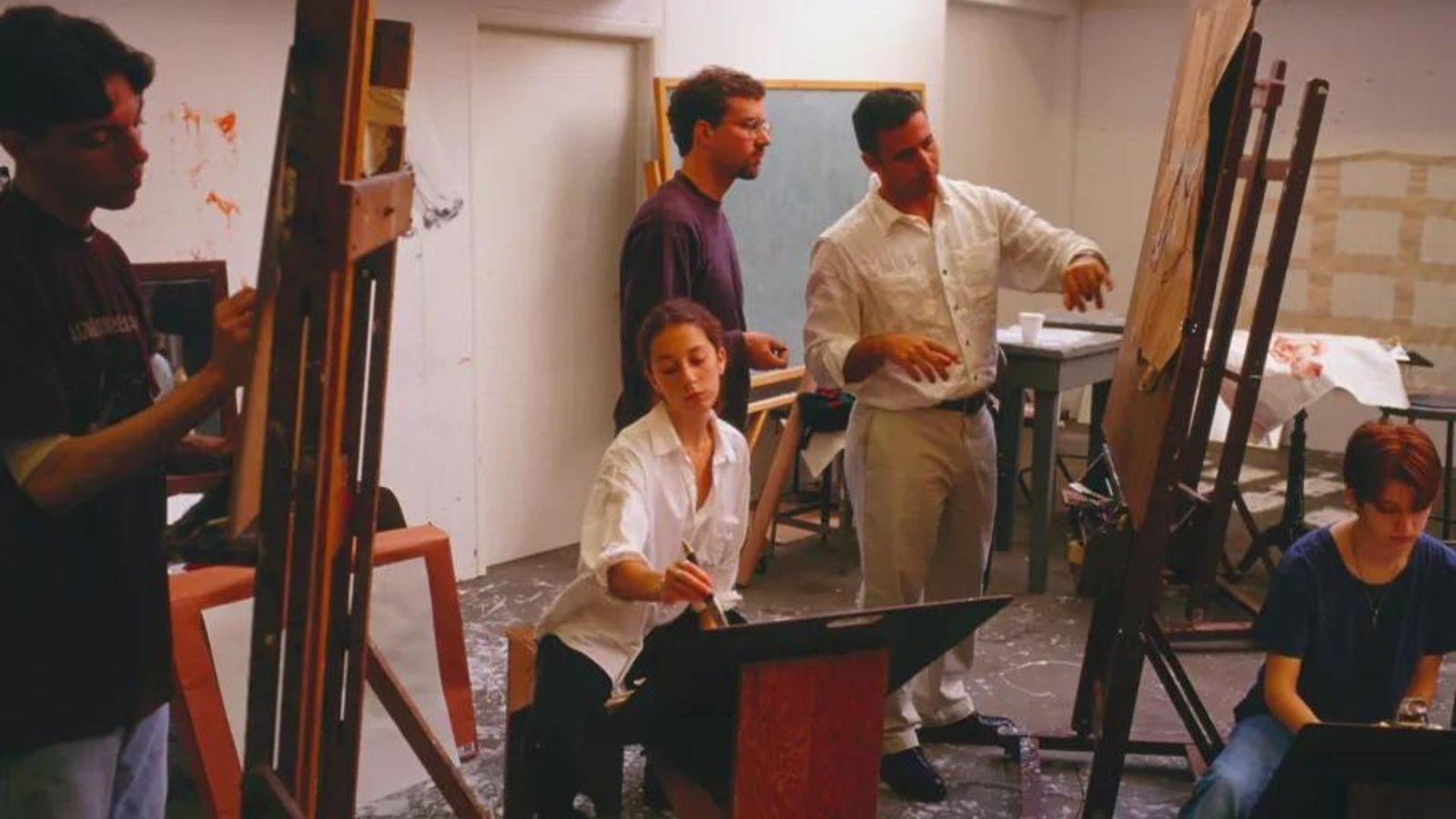Creating art that resonates with your audience goes beyond technical skills and creativity. It involves understanding your viewers, conveying emotions, and telling a story that speaks to them on a deeper level. This article offers practical tips to help artists create work that connects with their audience.

Understand Your Audience
Tip: Know who your audience is and what resonates with them. Understanding their preferences, interests, and emotions can guide your creative process.
- Research and Feedback: Engage with your audience through social media, surveys, or direct conversations. Learn what they value and what themes or styles appeal to them.
- Demographics: Consider the demographics of your audience, such as age, culture, and background, to tailor your art in a way that speaks to their experiences.
Tell a Story
Tip: Storytelling is a powerful way to connect with your audience. Use your art to tell a story that is meaningful and relatable.
- Narrative Elements: Incorporate elements of a story, such as characters, settings, and emotions, into your artwork. Even abstract pieces can evoke a narrative through color, composition, and symbolism.
- Personal Stories: Sharing personal experiences or emotions through your art can create a deeper connection with your audience, as they may see themselves reflected in your work.
Convey Emotion
Tip: Art that evokes strong emotions is more likely to leave a lasting impression. Focus on the feelings you want your audience to experience.
- Color and Composition: Use color theory and composition techniques to evoke specific emotions. For example, warm colors can convey passion or excitement, while cool colors can evoke calm or sadness.
- Expressive Techniques: Experiment with expressive techniques, such as bold brushstrokes or texture, to convey the emotions behind your work.
Be Authentic
Tip: Authenticity resonates with audiences. Create art that is true to your vision and voice, rather than trying to conform to trends or external expectations.
- Stay True to Your Style: Develop and maintain a unique style that reflects your personality and artistic vision. Authenticity can make your work stand out and connect with viewers on a personal level.
- Honest Expression: Don’t shy away from expressing difficult or controversial topics if they are important to you. Audiences appreciate honesty and can relate to the struggles and truths conveyed in your art.
Encourage Interaction
Tip: Engage your audience by encouraging interaction with your art. This can create a more personal and memorable experience.
- Interactive Art: Create interactive pieces that invite viewers to participate, such as installations they can walk through or touch, or digital art that responds to their movements.
- Ask for Feedback: Encourage your audience to share their thoughts and interpretations of your work. This interaction can deepen their connection to your art and provide valuable insights for your creative process.
Focus on Universal Themes
Tip: Universal themes like love, loss, hope, and identity resonate across different cultures and demographics. Integrate these themes into your work to connect with a broader audience.
- Common Experiences: Consider themes that reflect common human experiences and emotions. These can help your audience find personal relevance in your work.
- Cultural Sensitivity: While focusing on universal themes, be mindful of cultural differences and create art that is inclusive and respectful of diverse perspectives.
Create Visually Engaging Work
Tip: Visual appeal is crucial in capturing and retaining your audience’s attention. Focus on creating artwork that is aesthetically pleasing and draws viewers in.
- Strong Visuals: Use bold colors, interesting textures, and dynamic compositions to create visually striking pieces that stand out.
- Balance and Harmony: Ensure that your artwork is balanced and harmonious, guiding the viewer’s eye smoothly across the piece and enhancing their overall experience.
Evolve and Experiment
Tip: Continuously evolve your style and experiment with new techniques or mediums. This keeps your work fresh and engaging, allowing you to connect with your audience in new ways.
- Growth as an Artist: Embrace growth and change as an artist. Trying new things can lead to breakthroughs that resonate with your audience.
- Audience Engagement: Share your experimentation process with your audience. Letting them see your evolution can create a deeper connection as they feel part of your artistic journey.
Conclusion
Creating art that connects with your audience involves more than just technical skill; it requires a deep understanding of your viewers and a commitment to authentic expression. By telling stories, conveying emotions, and staying true to your vision, you can create powerful art that resonates with people on a personal level. Engaging with your audience, whether through interaction, feedback, or shared experiences, can further strengthen this connection, making your art not just a visual experience, but an emotional one as well.




